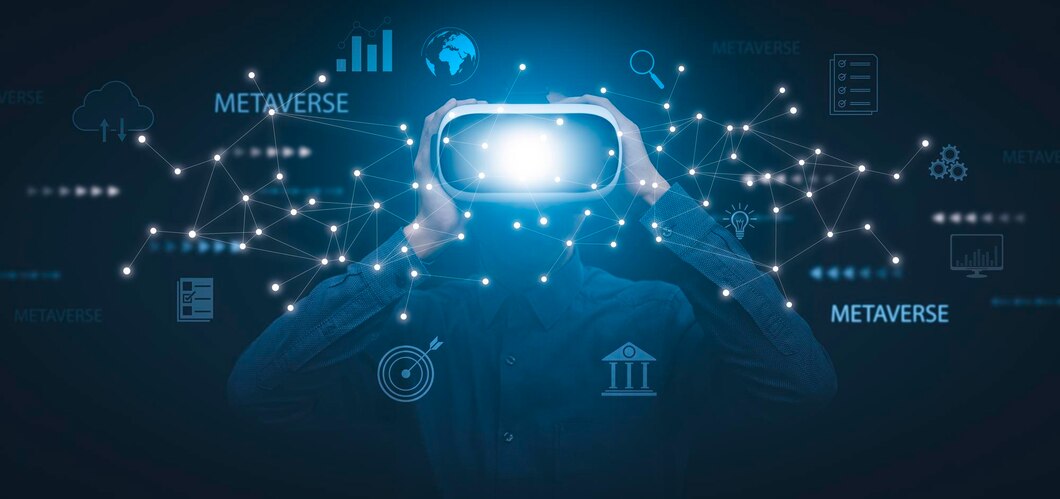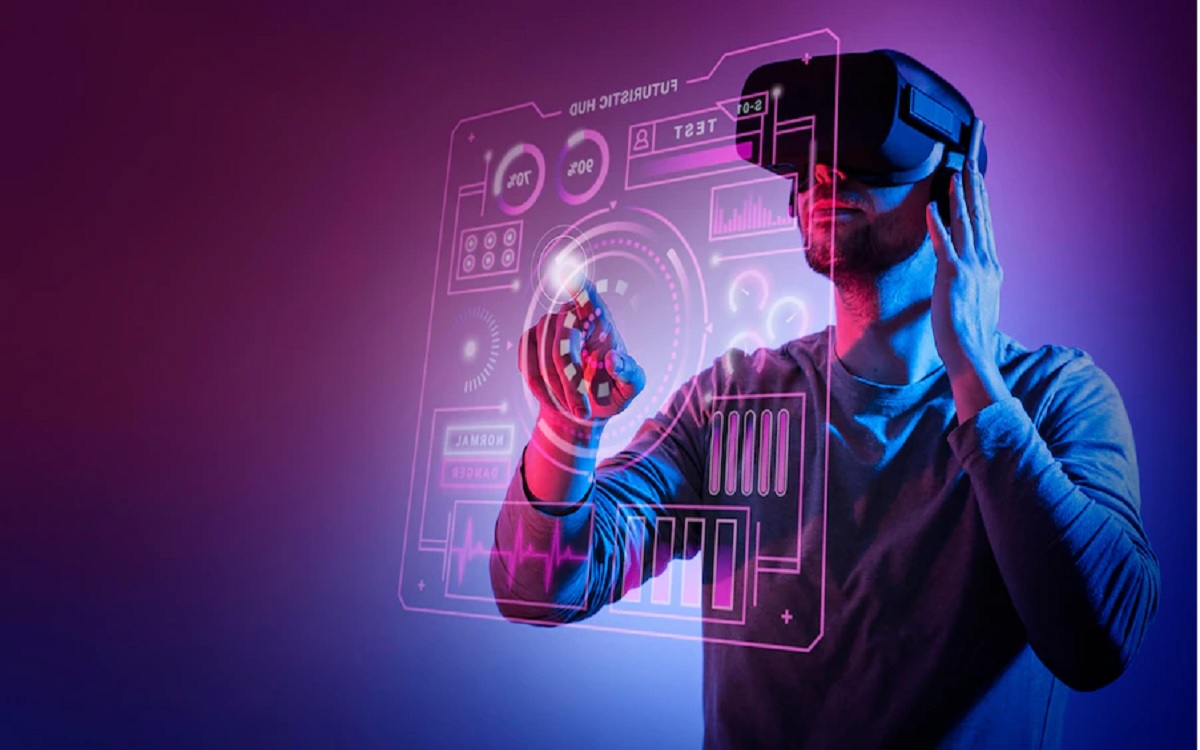Technological innovation has always been an indispensable part of recovery from economic, social and environmental crises. Technology is often diametrically opposed to matters of aesthetics and culture. Yet historical experience and foresight suggest that in times of recovery technology and culture can combine to create a virtuous feedback loop. This could facilitate the EU’s post-pandemic recovery and also help tackle the potentially disruptive effects of the ‘green transition’.
With its current European Green Deal plan, the EU is striving to achieve climate neutrality in its economy by 2050 and, simultaneously, set itself on the path to recovery from the adverse effects of the global pandemic. Technology will inevitably play a significant part in this process. However, history also suggests that culture and aesthetics have a significant role to play in recovery from a crisis, be it war, economic recession or an epidemic.
Well-known artistic and architectural movements such as the Renaissance, Romanticism and Neo-Classicism came about in direct or indirect response to various shocks in Europe, for example, the plague of the 13th century, the Industrial Revolution of the 18th century, and political upheavals of the 19th century. Most recently, the 20th-century modernist movement was spearheaded by the recovery from the two world wars and skyrocketing post-war economic growth. None of these cultural movements developed autonomously from technology, however. Modernism, for example, was underpinned by the invention of steel and concrete construction techniques.
It is logical to assume that the EUs unprecedented green transition to a carbon-free economy will be accompanied by new technologies and also, perhaps, a new cultural movement. Some policies featuring cultural and technological aspects have emerged in recent years, in the form of the Davos Declaration and Baukultur and, most recently, the New European Bauhaus initiative of the European Commission. Yet the question remains: how can technology and culture align to further a green post-pandemic recovery in Europe, particularly given the extreme negative impacts of the pandemic on the cultural sector?
Among the many pertinent aspects of the interconnected dynamics of technology and culture, two in particular stand out:
There is a disruptive side to every recovery, as the many accompanying changes leave ‘stranded assets’ in their wake: investments that prematurely lose their value. Rapidly changing technology is often a factor that contributes to this phenomenon. For example, recovery from the Great Depression was closely related to the rise of the automobile industry, leading to the decline of American urban city centres. The green recovery, which is based on renewable energy technologies, is generating different kinds of stranded assets, for example, coal mines and pipelines or the beautiful but single-glazed windows of historical buildings. The rapid rise in teleworking is leaving a massive amount of unused office space as stranded assets. Culture could be the answer in cases such as these. To match the circular economy, a new aesthetic of car-free urbanism and ‘green and blue‘ cities is emerging. Likewise, re‑purposing old coal plants and empty office buildings into green neighbourhood and museum clusters is an increasingly popular and effective solution. In this regard, culture is helping to tackle the social impacts of technological disruption.
Conversely, culture itself can benefit from technological change. This has been seen during the pandemic, in which digital technologies have greatly aided the creative sector. Museums, concert halls and other cultural institutions have taken to live-streaming, online events, and open access to digital material. It is likely that these technologies will continue to serve the cultural sector in the recovery phase as well. However, the question is how sustainable this online content is, both for the economic survival of institutions and creators, and for the alignment of digital technologies with environmental targets.




